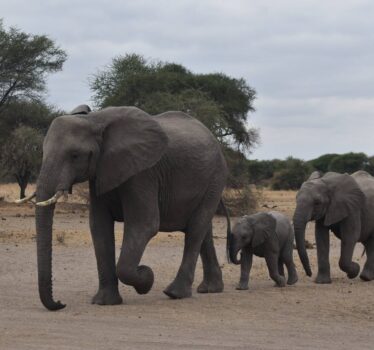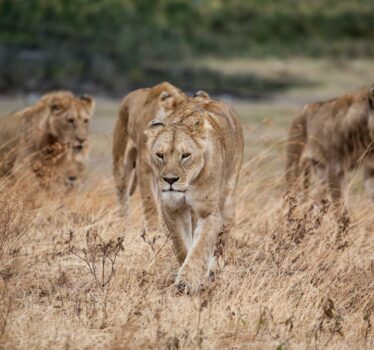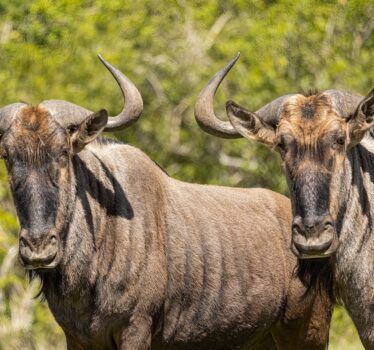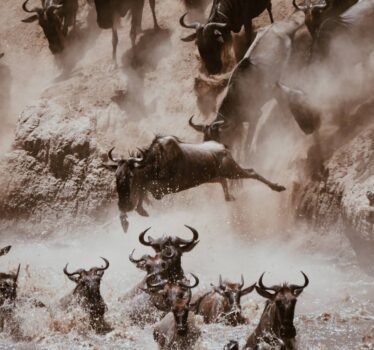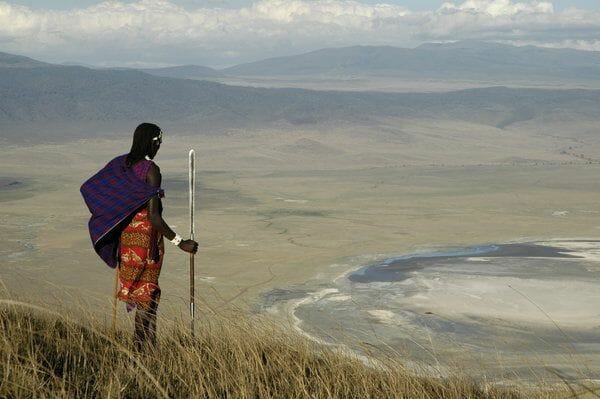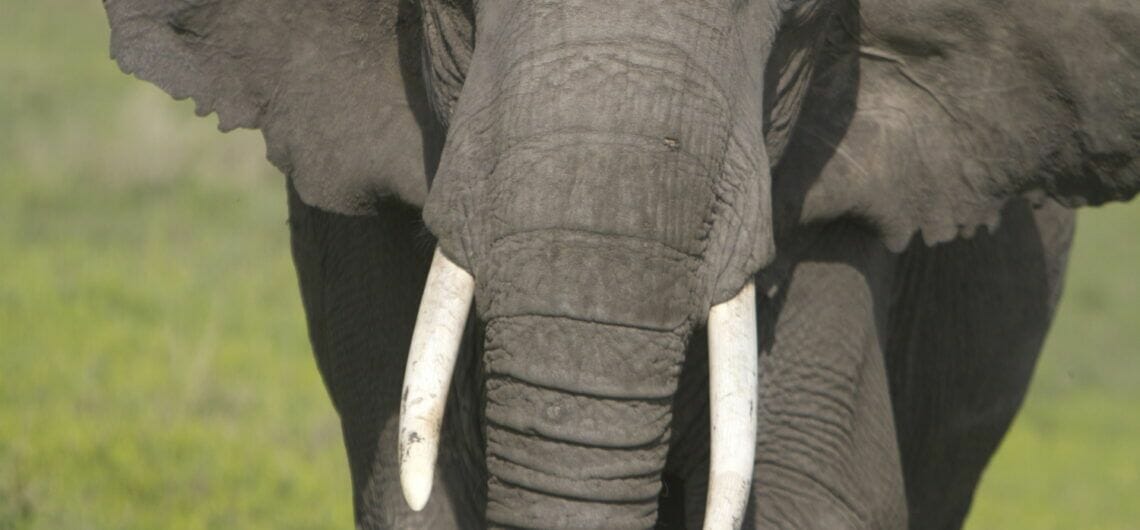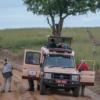Serengeti National Park
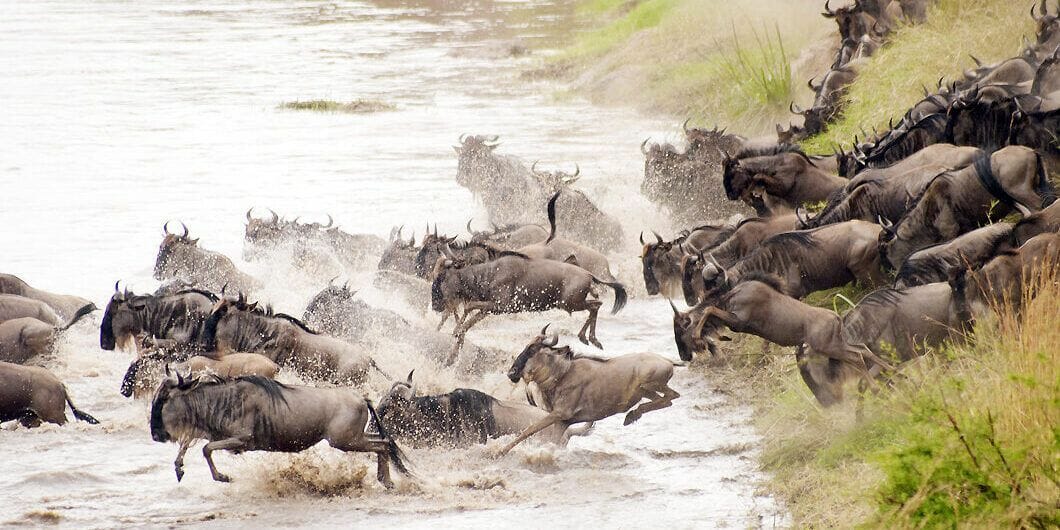
Serengeti National Park
Serengeti National park is in the Serengeti ecosystem in Northern Tanzania. The park is Tanzania’s oldest national park and was established in 1951 after the British colonial Administrators realized that lions were hunted and had become scarce. It was the largest national park until 2008 when Ruaha National Park was gazetted and became the largest in Tanzania. The word Serengeti comes from the Masai phrase Siringet which mean ‘‘endless plainsְ’’. This park plays a very big role in the country’s tourism industry.
Its annual migration of over a million wildebeests and thousands of Zebras and gazelles made it famous hence called the home to the great migration. The annual migration takes places in dry seasons between July to October.
The park is in northern Tanzania bordered by Kenya in the north where it is continuous with the Masai Mara National Reserve. There is Ngorongoro Conservation Area to the southeast, Maswa Game Reserve to the southwest, Grumeti and Ikorongo Game Reserves to the west and Loliondo Game control area to the northeast and east. All these areas form the mighty Serengeti ecosystem.
Serengeti National park is divided into three regions namely:
Southern Plains
This area is made up of open grass plains that Serengeti is famous for. The migration always takes on this region for calving from January to March. You can always spot lions and cheetahs watching the herds of herbivores from a far distance. This part of the park which is almost only grassland without trees makes game viewing perfect.
Central Region (Seronera): The Seronera area is in the centre of the park and is the most popular because of its variety of wildlife. This is a grassland area comprised of acacia forests and riverine area. This area can always be visited at any time of the year but April to June and October to December is the best period when the famous great migration is taking place. The seronera region is also referred to as the “Big Cat Capital of Africa” with big numbers of lions, leopards, and cheetahs. You can also enjoy the hot air balloon flight where you will get a better view of these plains.
Western Corridor
The herds of animals normally migrate to the west to an area called the Western Corridor. This area harbours the Grumeti River where the river crossings happen. This river is also a home to the Nile crocodiles that normally feast on the wildebeests during the river crossings.
Northern Serengeti
Open woodlands mainly dominate this region like Commiphora. The Mara river crosses this region. During the migration, this is where thousands of animals are jumping off the very steep banks of river Mara while trying to avoid the hungry crocodiles that are always waiting for them.
Species diversity:
The park’s largest population of animals is the migratory wildebeests which are over a million. These along their journey are joined by thousands of zebras, grants, gazelle, Masai giraffe, Impala and Hippos. The most popular animals for the tourists in this park are the big five which are lions (over 2,500), leopard, bush elephant, eastern black Rhinoceros, and cape buffalo.
Serengeti National Park has got more than 500 bird species which include helmeted guineafowls, lesser flamingo, marabou storks, secretary bird, Masai ostrich, and others.
Several reptiles call Serengeti National Park their home and they include puff adder, black-necked spitting cobra, Nile monitor and African Python.
Size and accessibility:
It covers an area of 14,750 square Kilometres.
By car:
The park can be accessed by driving from either Kilimanjaro or Arusha International Airports and the driving times are approximately 11 and 7 hours, respectively.
By air:
For those who wish to save on the driving time, the park can be accessed by air.
You can fly from either Kilimanjaro or Arusha International Airports to one of the seven Airstrips found in this national park within approximately 2 hours and 1 and a half hours, respectively.
Activities:
Witness the great migration
Game drives
Hot Air Balloon
Visit Serengeti Visitors Centre
Get a history lesson at Olduvai Gorge
Visit the Grumeti River
Explore Retina Hippo pool

